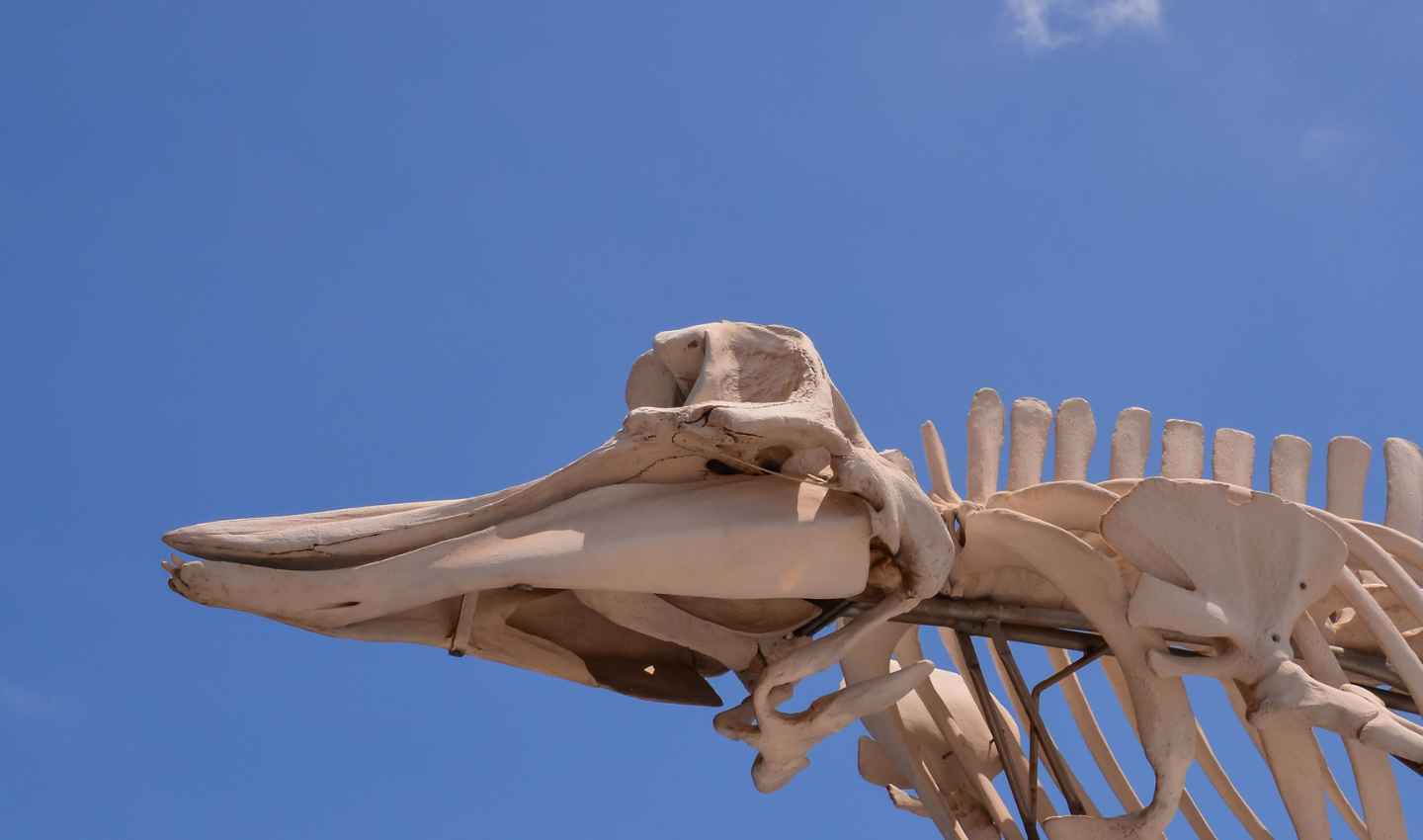- Our Future: Solutions
- Science: Explained
- Take Action
Mangroves: Underrated Climate Change Heroes

Everything you need to know about mangrove trees:
Mangroves are the only forests situated at the confluence of land and sea in the world’s subtropics and tropics. They have been variously described as “coastal woodland”, “mangal”, “tidal forest” and “mangrove forest.”
There are roughly 70 species of mangrove trees occupying a total estimated area of 147,000 km2 worldwide. This is equivalent to the size of Bangladesh! Roughly 43% of the world’s mangrove forests are situated in just four countries: Indonesia, Australia, Brazil, and Nigeria.
These forests are home to an abundance of life, protecting people from floods whilst storing carbon at an impressive capacity.

Biodiversity in mangrove forests
In the right conditions, mangroves form extensive and productive forests.
These forests support animal populations both within the forest and in offshore areas. Densities of crabs are especially likely to be highest on unvegetated mudbanks adjacent to mangroves, feeding on propagules (buds of plants).
Juvenile shrimps are important organisms near mangroves too, and a sought-after food for many communities. These shrimps obtain carbon (food) from plankton and algae living amongst the mangroves.
There are also a few endemic mammal species in mangroves. For example, crab-eating rats in Australia, the leaf monkey in Malaysia, and the proboscis monkey in Borneo.
Here is a diagram further highlighting the importance of mangroves to so many species for different reasons –

Figure 1 Conceptual diagram illustrating the critical habitat that mangroves provide for a variety of animals [Credit: Integration and Application Network, University of Maryland Center for Environmental Science]
Why should we care about mangrove trees?
– Mangrove forests are widely recognised as providing a wide variety of goods and services to people, including protection from floods, provision of a variety of plant and animal products, sediment trapping, and nutrient uptake and transformation.
– Annually, mangroves are responsible for over $60 billion in avoided losses from coastal flooding, protecting more than 15 million people.
– An impressive diversity of plant products is harvested from mangrove trees, including tannins, honey, medicinal products, and thatch.

Mangroves are a blue carbon solution
– Mangroves have gained a lot of attention in recent years over their ability to sequester carbon, storing between 3-5 times more carbon per hectare than terrestrial forests.
– They have carbon-rich soil that’s been built-up for over hundreds or thousands of years.
– 87% of carbon stocks in mangroves are just within the top meter of soil. According to one report, if this were released into the atmosphere, it would be equal to 7.5 years of emissions from the EU or burning 51 billion barrels of oil.
What are the drivers of degradation and loss of mangroves?
Up to 60% of mangrove tree losses are due to direct or indirect human impacts. These drivers are –
– Logging (for timber, charcoal)
– Agriculture (oil palm cultivation)
– Aquaculture (ponds for shrimp and fish farming)
– Pollution (from oil and gas extraction, and nutrient run-off)
– Coastal infrastructure development
– Climate change (sea level rise, hurricanes, drought)

Mangrove Restoration and Conservation Efforts
Our knowledge of mangrove area dynamics at local to global scales has increased significantly since 2000 due to advances in remote sensing and data access.
Around 42% of remaining mangroves are now located in protected areas. But protected areas may not always provide strong protection. Many mangroves fall prey to erosion and storms, naturally occurring phenomena, while some don’t stand the test of time due to ineffective management.
The front line of mangrove protection, management and sustainable use involves people—communities, indigenous groups, traditional users, and local governments.
The Global Mangrove Alliance, is an important and ambitious initiative, seeking to halt loss caused by direct human impact, restore at least half of recent mangrove losses, and increase protection from over 40% to 80% by 2030.
How coastal communities have helped mangrove forests thrive
Around the world, there are countless examples of collaborations that have helped coastal communities and mangroves to thrive together.
For example, in Pakistan, mangroves are concentrated mainly in the north along the Arabian Sea coastline where arid climate prevails. Under the Ten Billion Tree Tsunami Project, 43.50 million plants will be planted in one of the world’s largest endeavours to restore mangroves.
This ambitious project will not only provide a natural barrier against erosion, climate disasters but will also restore breeding grounds for finfish and shrimps. It has the potential to improve the livelihoods of fishing and herding communities living in the many coastal villages dotting the country’s northern shores.

Mangrove planting has been increasingly considered a Nature-based Solution (NbS)
This enthusiasm, seen through national policy commitments and community-led initiatives, can now be assessed against a Global Standard for NbS, a criteria set by the International Union for Conservation of Nature (IUCN) to ensure that these projects are credible and well-designed to maximise their full potential.
Mangroves provide many benefits and their ability to store carbon cannot be ignored. It is a useful nature-based solution to help reduce our emissions but it’s not the only one!
What can I do to further mangrove conservation?
- Show your support for mangroves in native areas –
Find out if mangroves are native to your surroundings. If they are, vocalise your support for them and educate your community on the importance of mangroves.
If your local mangroves are subject to degradation, rally support for preservation and speak to your local authorities. You can also keep track of mangrove restoration through the Mangrove Restoration Tracker tool.
- Be a considerate tourist –
Mangrove tourism exists across 93 countries, with boating being the most popular activity. So next time you travel, appreciate mangroves and the diverse wildlife they host but don’t leave anything behind!
You can also participate in mangrove planting, for example, in the Philippines, through the Planeterra Project.




